


Windrush Generation is used to refer to the immigrants who were invited to the UK between 1948 and 1971 from Caribbean countries such as Jamaica, Trinidad and Tobago and Barbados and from other parts of the British Empire or Commonwealth, as it became.
The name derives from the ship HMT Empire Windrush, which on June 22, 1948, docked in Tilbury,
The passengers, in the main young, left the Caribbean for a range of reasons, attracted by job vacancies in the UK and seeking new opportunities for a different, better life. Some left to escape societal oppression, to evade family restrictions or escape poverty.
But whatever their reasons it was a hard decision for many as they left behind close family and friends.

Tiger Bay has a long-time reputation for welcoming people from the four corners of the world as can be seen from this list of nations living here in the 1950's
People from Cape Verde, an ex-Portuguese colony off the West coast of Africa, are arguably Cardiff’s oldest migrant community. As early as the 17th century the Cape Verdeans arrived in Tiger Bay as seamen.
The Somali community is the second largest migrant community in the UK. Somalis are generally thought to have first arrived in Britain in the late 19th century.
The longest-established Arab community in the UK are the Yemenis. They have been settling in Cardiff since the 19th century, after the Yemeni city of Aden came under British control in 1839.
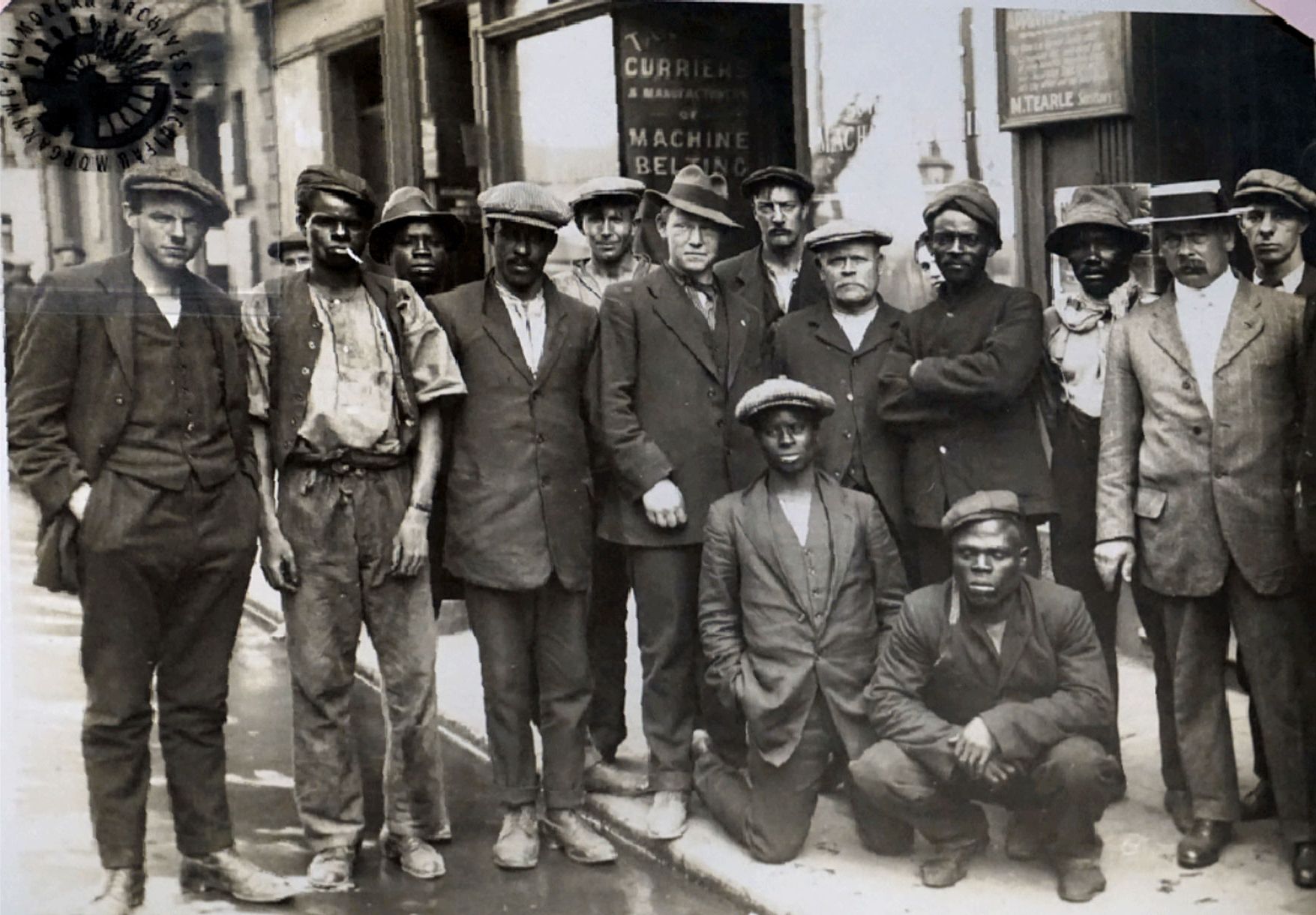
People from the Caribbean islands had been coming to Britain long before 1948 - since the 1670s - and they are known to have lived in the Tiger Bay since the 1880s
Many arrived as merchant seamen.
Seen in this image – taken in Bute Street - is the crew of the steamship Hopemount that survived a torpedo attack in 1915 in the early days of WW1 soon after leaving Cardiff. Clearly shown is the multi-ethnicity of ships' crews
At the outbreak of war in 1914, Cardiff’s Black population was about 700: by the end of the war it stood at 3,000. This increase arose as seafarers from around, what was then, the British Empire came to replace British merchant sailors that had been drafted into the military or Royal Navy. Many of these newly arrived seafarers lost their lives in U-boat attacks but of those that survived many made their home in Tiger Bay.
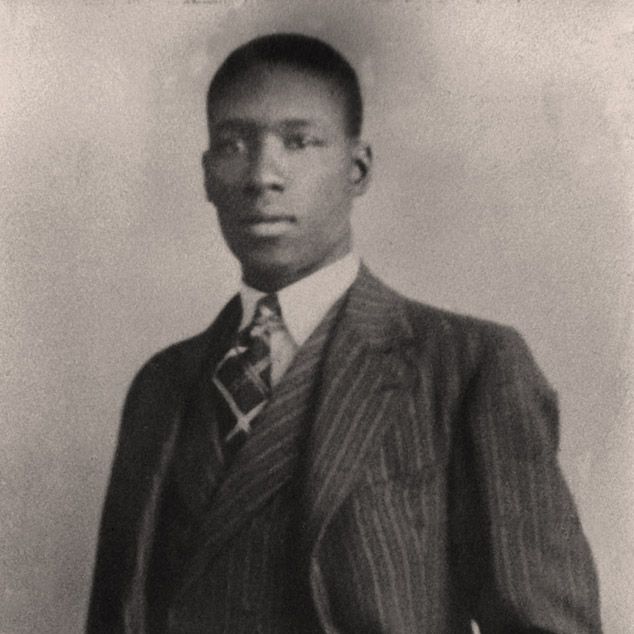
After WW1 overseas seamen continued to make Tiger Bay their home
This is Simon Johnson who was was born in Falmouth, Jamaica in 1903.
He arrived in Britain 1919 and eventually found his way to Cardiff where he married Honora O’Leary. He joined the Merchant Navy and first sailed from Liverpool.
He made several trips over the years and volunteered during the Second World War to serve on merchant navy ships. His last voyage was on the Ocean Vanguard. He died at sea in 1942.
Simon is the father of Betty Campbell, the first black school headmistress in Wales
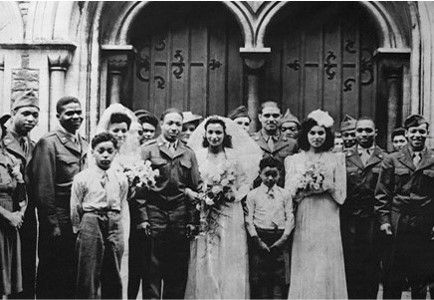
There were many more arrivals between the Wars and during WW2 US soldiers were stationed in Cardiff in preparation for the D-Day landings.
In theory they were banned from Tiger Bay, but needless to say, that ban was not entirely complied with and visiting servicemen formed friendships with local girls and ultimately there were many GI brides.
Here is the wedding between Stella Hersi and Milton Howard
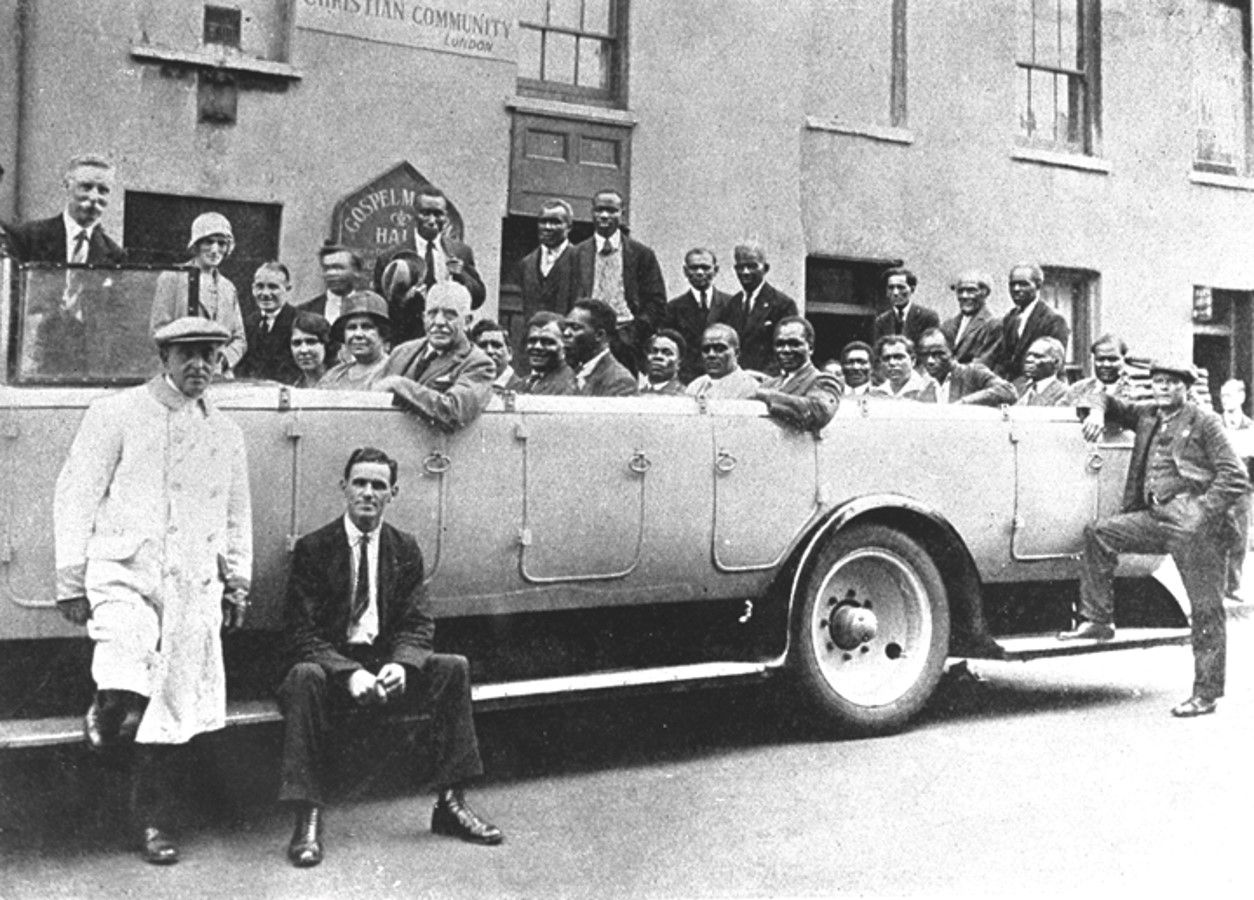
So, when the Windrush Generation were arriving in Tiger Bay, they came to a community where they could find familiar social attitudes and cultures.
There were already associations such as the Coloured Brotherhood - seen here preparing to leave Angelina Street Mission for a charabanc outing in 1935
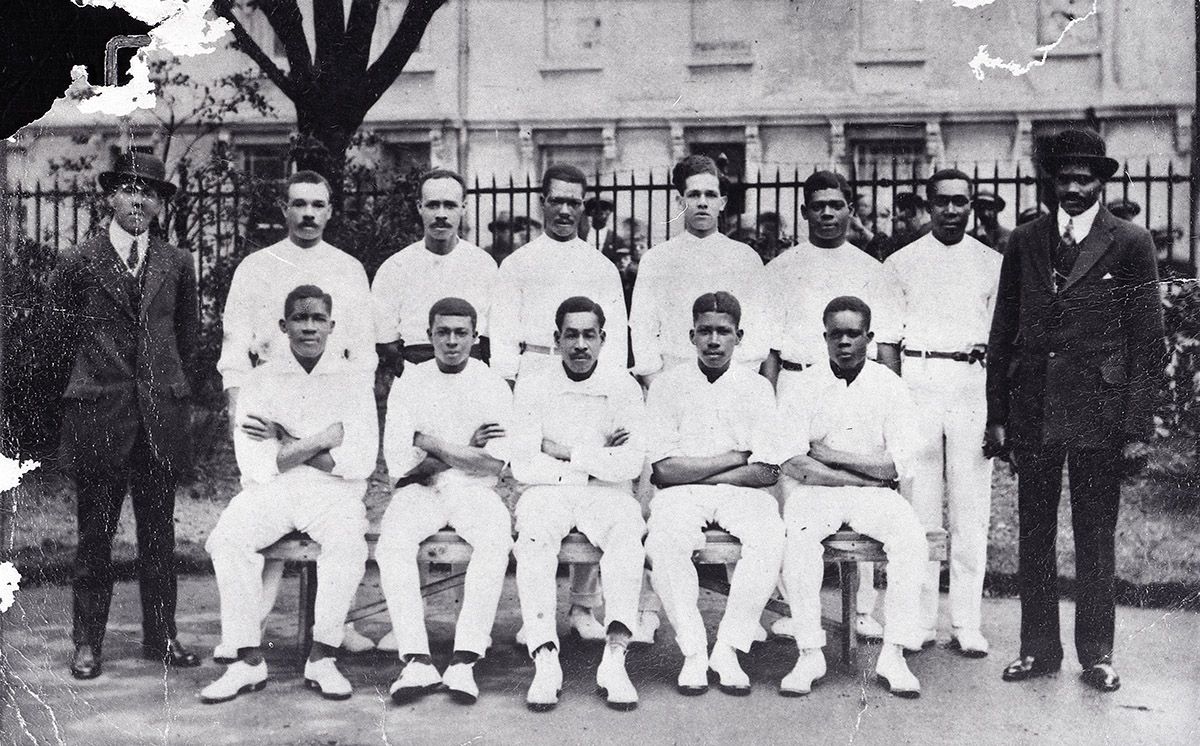
... and the Coloured International Cricket Club photographed in Loudoun Square in the 1924
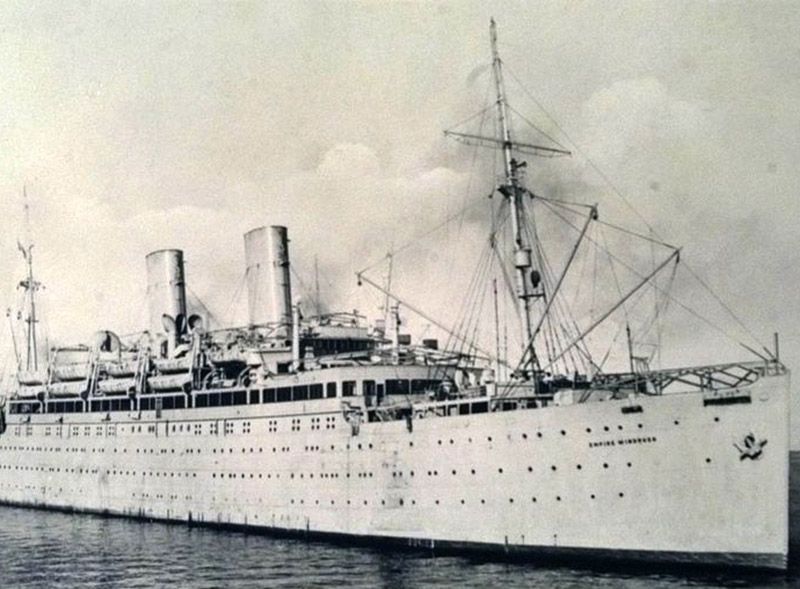
HMT Empire Windrush started life in 1930 as MV Monte Rosa a German passenger and cruise ship. During WW2 she was taken over for German military use. Having survived the War she was seized in Kiel as a prize of War by British Forces, renamed Empire Windrush and used mainly as a troopship.
In 1948 the ship picked up some passengers from Trinidad but was far from full and steamed on to Kingston, Jamaica. Local newspaper advertisements there had offered transport on the ship for anyone that wanted to come and work in the UK – the cost at either £48 or £28 wasn’t cheap (equivalent to over £1750 or £1000 today) – but there was a long queue of those that wanted to make the journey. After Jamaica, the ship picked up more passengers in Mexico and Bermuda before sailing across the Atlantic to Tilbury where the passengers disembarked on 22 June 1948.
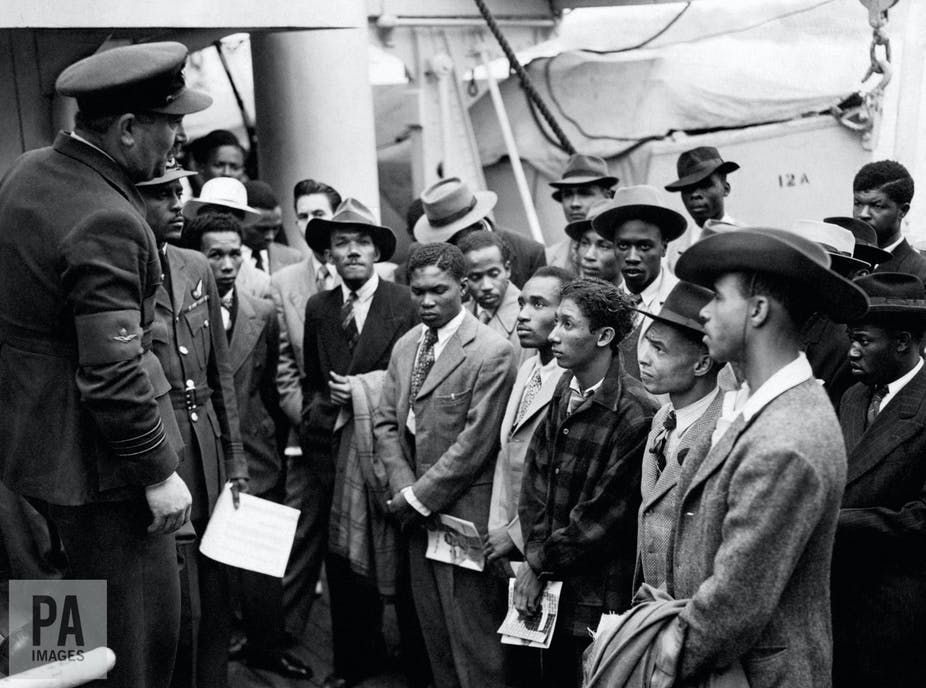
The passenger list includes many British Nationals returning to the UK. But around 800 would appear to be Caribbean islanders looking to make a new life in the UK.
The list of their trades and professions includes Housing Domestic (includes housewife), Mechanic, Carpenter, Clerk, Tailor, Engineer, Student, Shoemaker and much more.
Their stated intended location in UK was largely London, but included Liverpool, Birmingham, Manchester and Bristol
Seven passengers stated they would locate to Cardiff.
Husband and wife Clifford and Hilda Hall were returning to Grassmoor, Whitehall Park Rumney.
The 17 year old Gerald Campbell was aiming for 10 Christian (presumably Christina) Street as was Harold McDonald.
Veron Mitchell, Wentworth Blair and Martin Hudson gave 204 BUte Street as his intended address and the occupation for these three was described as mechanic.
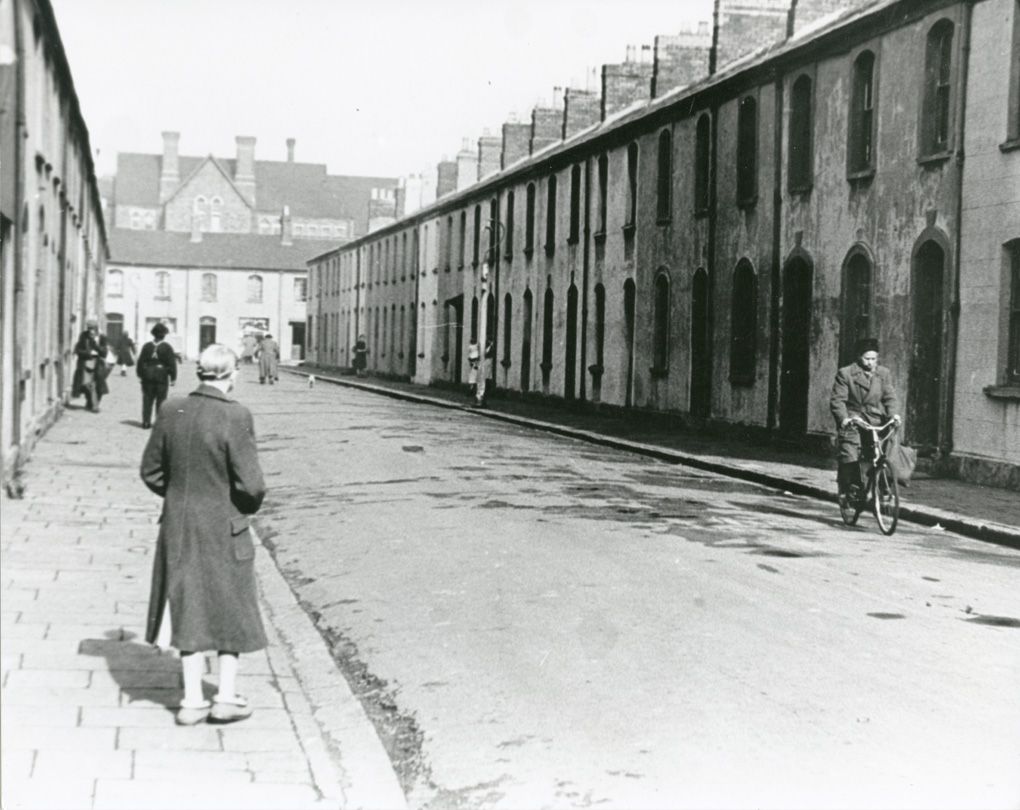
But Gerald Campbell and Harold McDonald would have found a scene very different to their homes in Jamaica and that the streets were certainly not paved with gold.
This is Christina Street at about that time.
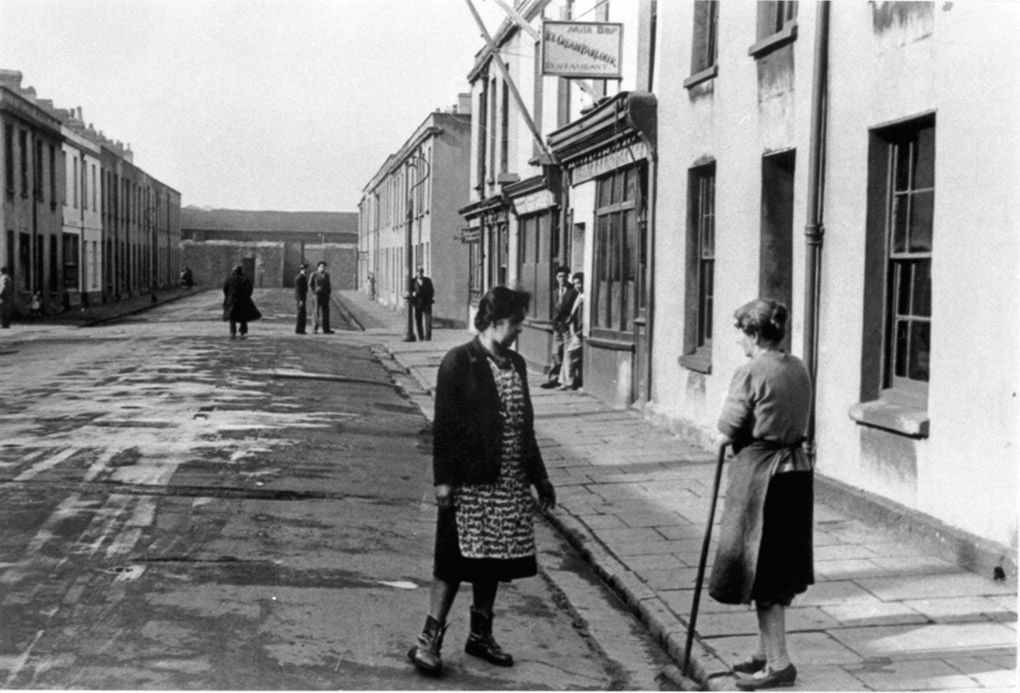
In this photo of Sophia Strret, the first house at the right became the home of Gerald Campbell, his wife Catherine who had lived next door to him in Christina Street. They had three daughters until wanderlust got the better of Gerald and he went off to the USA
Like Christina Street, these older terraced properties were what might politely be said to be a little tired.
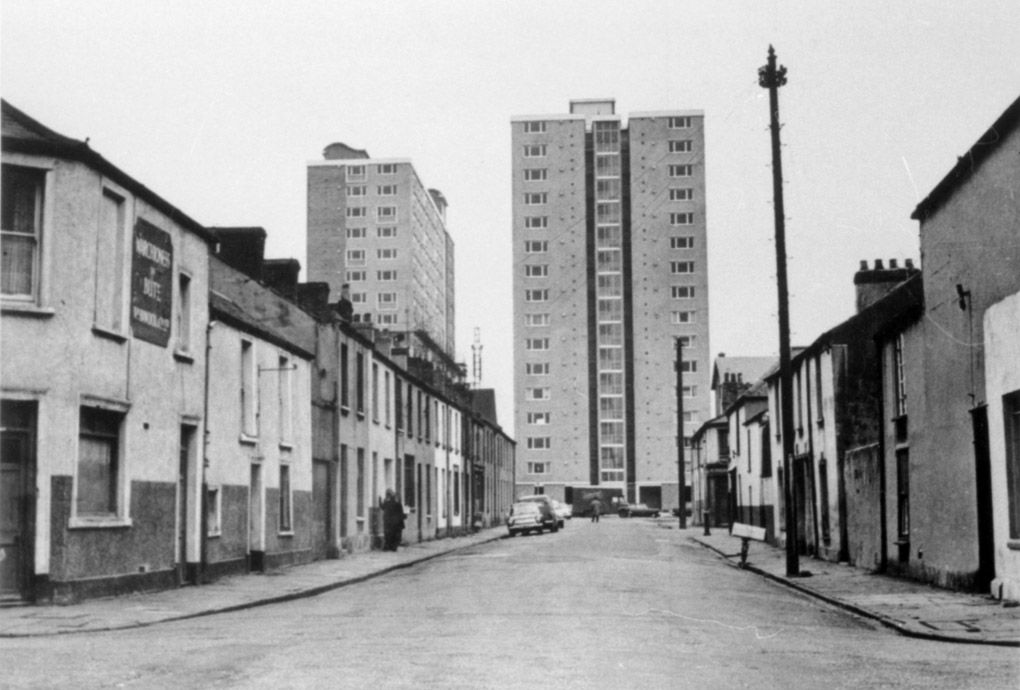
But changes were to come.
A UK-wide political policy drove improvements to homes.
Tower blocks in Loudoun Square and modern housings is what welcomed later arrivals.
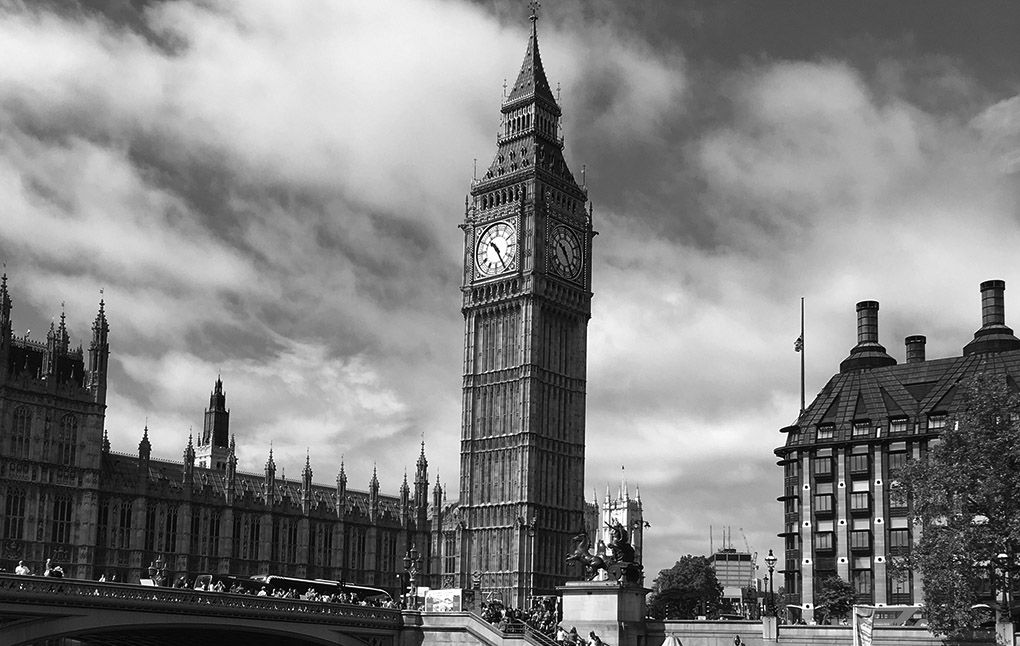
Following the 1948 Nationality Act British Empire citizens had the right to settle in the UK. As many as 500,000 immigrants arrived before that right was rescinded by the 1971 Immigration Act.
Those had arrived already were given leave to remain. But no record was kept by the Home Office and no paperwork provided. Even the landing cards were destroyed in 2010.
In 2012, Teresa May, then Home Secretary told Parliament - "The aim is to create, here in Britain, a really hostile environment for illegal immigrants".
The trouble was that immigrants needed to provide evidence of their right to be in the UK and many of the Windrush Generation did not have the paperwork. Services like NHS were denied and deportations were threatened and in some cases carried out.
The Windrush Scandal was with us and despite aplogies and compensation awards the effects still impacts the community.
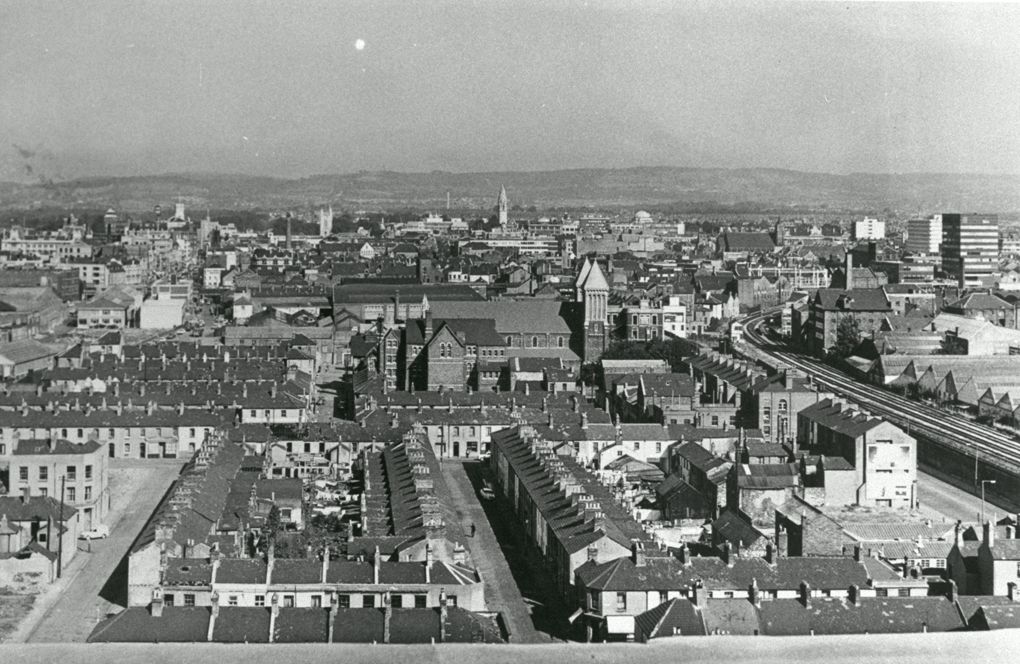
So who, apart from young Gerald Campbell, arrived in Tiger Bay and Cardiff Docklands as part of the Windrush Generation and how have they fared?
The Heritage & Cultural Exchange are launching a project to find out more about them and their impact on Butetown.
We have started by outlining here the story of one group of.those arrivals and more stories will be added as we are able to tell them.
We will also add more comprehensive versions to our website at:
https://www.tigerbay.org.uk/projects/windrush-generation
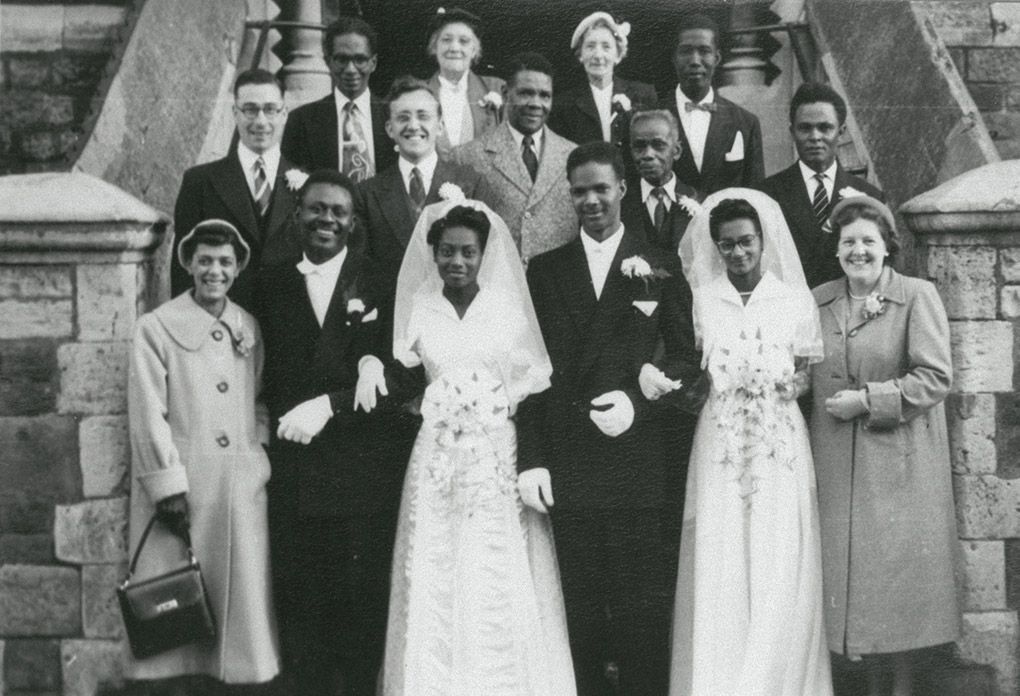
Double Wedding
Ernest W Allen married Audrey Wallace and James A Thomas married Pearline Swanston in 1955 at a joint ceremony at the Weslyan Methodist Chucrh in Loudoun Square.
Ernest and James had arrived together from St Kitts & Nevis in November 1954 aboard MV Colombie into Plymouth. The passenger list shows their occupations as Carpenter and Labourer respectively and their intended destination address was 231 Bute Street.
Passenger lists show Pearline, from St Kitts, arriving at Plymouth on MV Auriga in August 1955. Her occupation is given as Clerk but she went on to train as a midwife and work in the baby intensive care unit at St Davids Hospital
Audrey had arrived a few months earlier than Pearline, who was her half-sister. Audrey worked as a supervisor for British Rail for 20-odd years
James went on to be Pastor at Shiloh Pentecostal Fellowship Church in Ninian Park Road for many years. He was joined in that role by Ernest for a while.